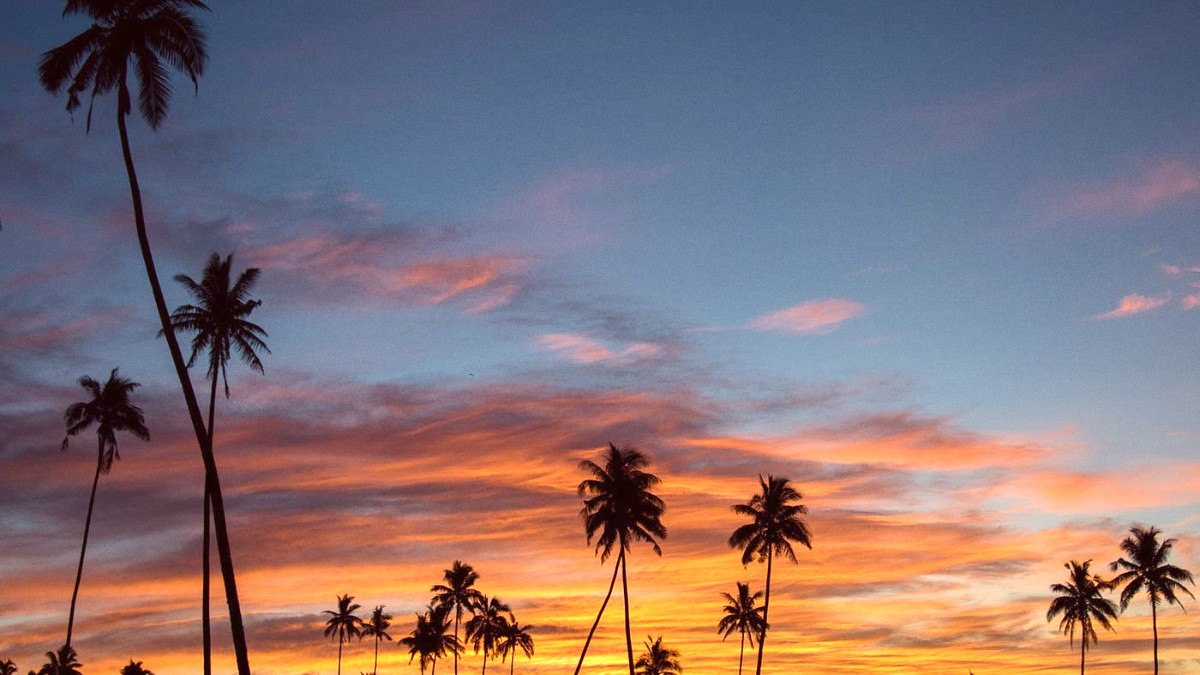
Viti Levu, Fiji
Suva, nestled on the largest island of Viti Levu, serves as Fiji's administrative, commercial, and political heart. It is a place where government buildings reflect a colonial past, where modern skyscrapers reach for the sky, and where the bustling municipal market pulsates with the energy of daily life. This contrast presents an engaging environment for visitors. This guide tries to help you find the many facets of Suva, for a smooth and memorable visit. Prepare to experience Fiji’s urban core, where tradition and progress move forward together.
Suva, on the largest island of Viti Levu, is Fiji's administrative, commercial, and political capital. It is a , multicultural city.
The city offers a dynamic urban experience distinct from the serene resort areas, showing a blend of traditional life and modern development.
Suva occupies a distinct geographical position on the southeastern coast of Viti Levu, Fiji's largest island. This capital city sits on a narrow peninsula, bordered by the expansive Laucala Bay to the east and the deep natural Suva Harbour to the west. This strategic location contributed to its selection as the capital in the late 19th century, with excellent port facilities and room for expansion.
The city's landscape includes a mix of flat coastal areas and gently rising hills that define its inland boundaries. These hills are often covered with dense, lush vegetation, typical of Viti Levu’s wet side. Waterways like the Suva River and several creeks flow through the municipal area, emptying into the bays. This unique geography frames the city’s climate, infrastructure, and even its daily rhythm.
Located on the southeastern coast of Fiji's largest island.
Sits on a narrow peninsula between Laucala Bay and Suva Harbour.
Deep natural harbor supports its role as a regional trade center.
A mix of flat coastal areas and rising, lush hills.
Suva River and creeks flow through the municipal area.
Urban development stretches across this peninsula, with the central business district near the harbor, and residential areas extending into the hills and along the bay. This layout means that even from certain city areas, you can enjoy views of the Pacific Ocean or the surrounding verdant slopes.
The geographical features of Suva give it a tropical feel, even amidst its metropolitan activity. A significant natural harbor has always influenced Suva's role as a regional trade and shipping center.
Suva's unique geography shapes its infrastructure and daily rhythms. The interplay of coast, bay, and hills influences everything from road networks to housing developments.
The position on Viti Levu’s wet side means distinct climate patterns, with abundant rainfall contributing to the lush, green surroundings that characterize the city.
Declared the capital of Fiji in 1877, Suva replaced Levuka, a town on Ovalau Island, due to Levuka's restrictive geography and limited growth potential. Suva’s deep-water harbor and larger land area made it a more suitable administrative and commercial hub for the burgeoning British Protectorate. The actual capital transfer took place in 1882.
During the British colonial era, Suva transformed into a significant port and administrative center for the entire South Pacific. The city became a melting pot of cultures. The arrival of indentured laborers from India, brought to work on Fiji’s sugar cane plantations from 1879 to 1916, profoundly shaped Suva’s demographic and cultural landscape.
Suva replaced Levuka as Fiji's capital in 1877 for strategic reasons.
During British rule, Suva was an important port and administrative center.
Indian indentured laborers arrived, profoundly shaping the city's culture.
Colonial architecture, with its grand public buildings and spacious gardens, became a prominent feature of Suva's urban design, especially around the Government Buildings and Albert Park. These structures serve as tangible reminders of this period.
Suva is Fiji's largest urban hub, leading in politics, commerce, and education.
All government ministries, foreign diplomatic missions, and the main University of the South Pacific campus are here.
Colonial buildings stand beside contemporary high-rises and commercial complexes.
Observe the daily rhythms of local Fijians, from bustling markets to public transport.
Engage with the multicultural aspects shaped by historical migrations and modern interactions.
Suva is a gateway to understanding Fiji's complexities and charms beyond the resorts.